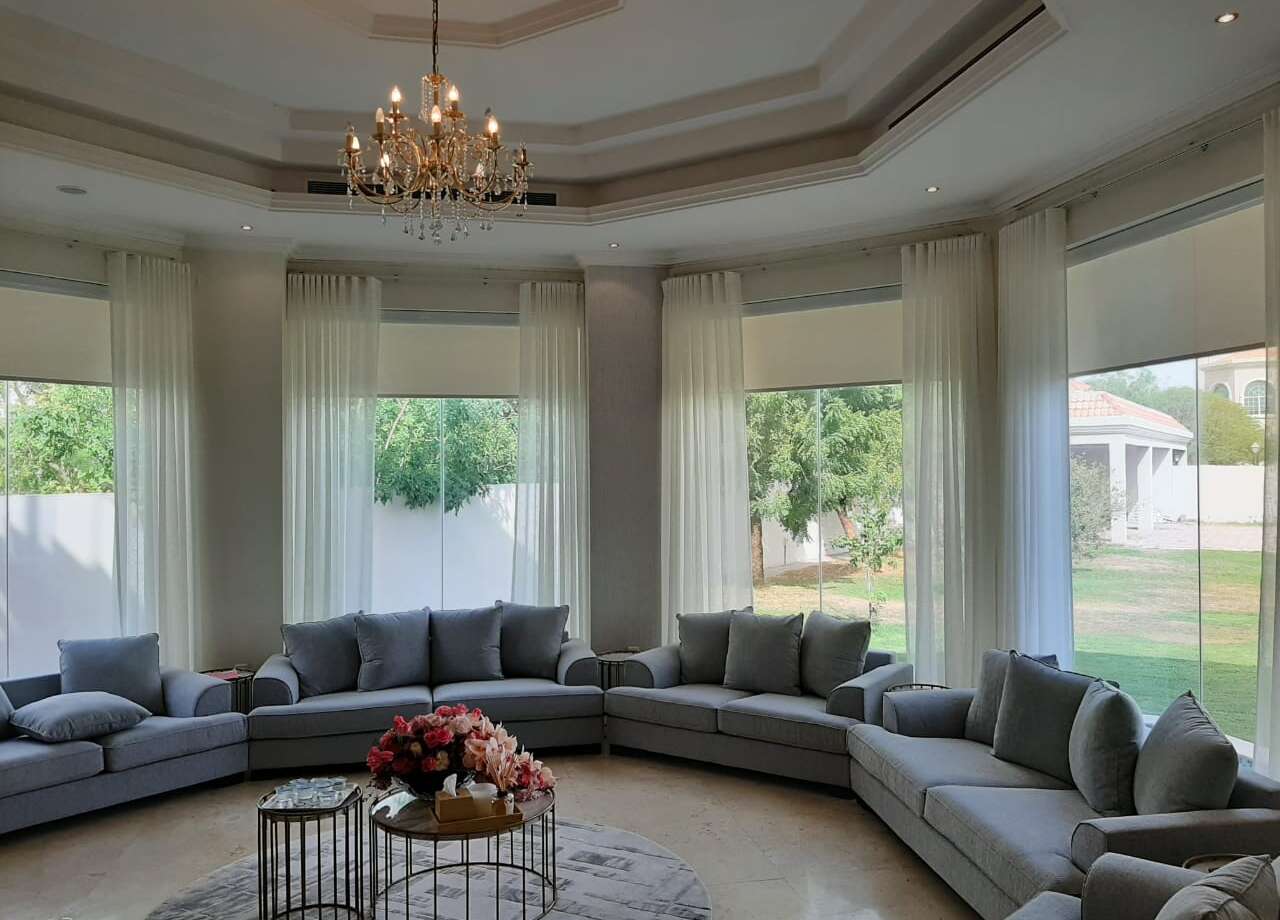Window treatments like curtains and blinds have been an essential part of home decor for centuries. They serve not only as functional elements for controlling light and ensuring privacy but also as significant design features that reflect the aesthetics of their time. The evolution of curtains and blinds is a journey through history, showcasing shifts in culture, technology, and artistic expression.
Ancient Beginnings The use of window coverings dates back to ancient civilizations. In Egypt, reeds and papyrus were woven to create basic shades that shielded interiors from the harsh sun. The Greeks and Romans adopted heavier fabrics like wool and linen to create draperies for their homes, using them as room dividers and for insulation.
Roman blinds, a precursor to modern blinds, emerged during this era. These simple yet effective coverings were made of fabric that could be drawn up and down using a cord mechanism, much like the blinds we know today.
Medieval and Renaissance Eras During the medieval period, window coverings evolved into more elaborate forms. Tapestries and heavy drapes adorned castle interiors, providing insulation and demonstrating wealth. By the Renaissance, luxurious fabrics such as silk and velvet became popular among the European elite, signaling a shift toward decorative window treatments.
The 18th and 19th Centuries: Industrial Advancements The Industrial Revolution brought significant advancements to textile production, making curtains and blinds more accessible to the middle class. This period saw the rise of intricate lace curtains and patterned draperies. Wooden blinds, inspired by Venetian designs, became popular in Western homes.
Venetian blinds, made of horizontal slats, were believed to have originated in Persia and were introduced to Europe by Venetian traders. Their practical design allowed for precise light control, contributing to their widespread adoption.
The 20th Century: Functionality Meets Style The 20th century witnessed a blend of function and fashion in window treatments. With the rise of minimalism and modern design, simple and sleek blinds became more desirable. Innovations like roller blinds, vertical blinds, and motorized systems reflected the technological advancements of the era.
Fabric choices expanded to include synthetic materials, providing durability and affordability. Curtains also saw a revival with bold patterns and vibrant colors, reflecting changing interior design trends.
Contemporary Trends Today, curtains and blinds offer a perfect balance between functionality and aesthetics. Smart blinds and automated systems have become increasingly popular, allowing homeowners to control light and privacy through mobile apps. Sustainable materials and eco-friendly designs reflect a growing awareness of environmental impact.
From ancient reeds to high-tech solutions, the history of curtains and blinds is a testament to human ingenuity and our constant pursuit of comfort and beauty in our living spaces.

